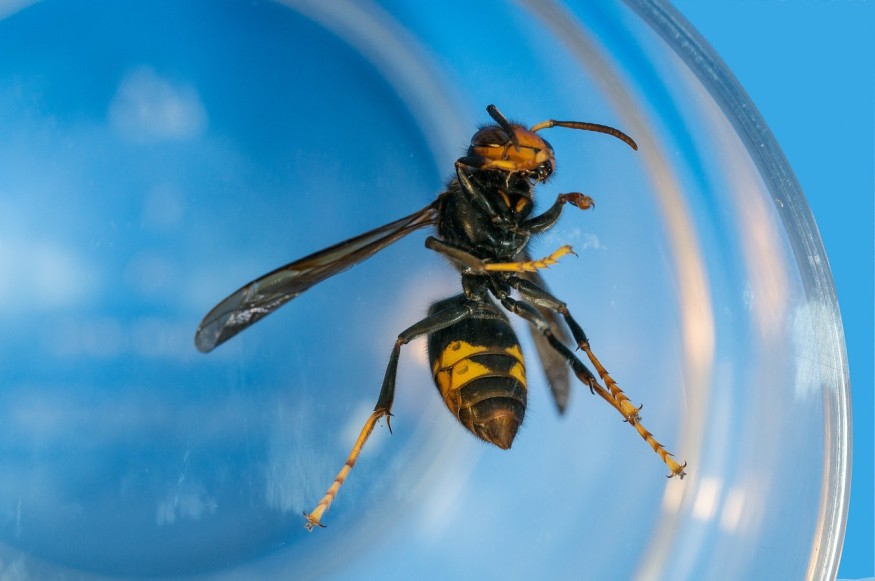Asian hornets (Vespa velutina) are indigenous to Southeast Asia but made it into the headlines over the past several decades when they first appeared in Europe in 2004, where they co-interact with the native European hornet (Vespa crabro).
However, there are instances when one can get confused in distinguishing their physical appearances or morphological features.
For years, scientists have shown that the emergence of an "alien" wasp species or any other animal group in a new ecosystem is detrimental to its native inhabitants, especially if the visitor is an invasive species.
In the case of Asian hornets, the local honeybee population is threatened in Europe.
How to Identify Asian Hornets?

Although different in some cases, both wasps belong to the Family Vespidae and Genus Vespa.
However, one of their most evident differences is that V. velutina is darker in color compared to its native European counterpart V. crabro.
In addition, the European hornet's head is yellow from above but the ones on the Asian hornet is dark, according to the BBC Wildlife Magazine.
The most striking physical features of the Asian hornet is the yellow ends on their legs and is very distinctive in relation to the European hornet.
Accidental Introduction to Europe
In 2004, the first batch of Asian hornets arrived in France but was only detected a year after in 2005.
The BBC wildlife magazine reported they were accidentally introduced into the continent through some imported pottery.
Since then, they spread rapidly across the French mainland territory and into multiple neighboring European countries like Belgium, Spain, and Portugal.
According to the website Discovering Belgium, the Asian hornets in France probably arrived in a pottery shipment from China.
By 2009, wasp nests increased to several thousand and were identified in the French city of Bordeaux and its surrounding provinces.
Following the Asian hornet invasion in France, the wasp species was first reported in Spain in the year 2010, Portugal in 2011, Italy in 2012, and Belgium and the United Kingdom in 2016, according to the site.
Asian Giant Hornet Threat
There is another wasp species that pose a threat to Europe. I
n recent years, the Asian giant hornet (Vespa mandarinia), formerly dubbed "murder hornets" for decapitating bees and destroying their colonies, is also a growing threat to the continent.
An individual might also mistake them to the other two species that are the topic of this article.
Despite the striking resemblance between Asian hornets and European hornets, the Asian giant hornets or northern giant hornets have yellow-orange heads.
Furthermore, V. mandarinia is also native to Southeast Asia but also in East Asia, South Asia, and some parts of Russia's Far East region. Also called the Japanese giant hornet, mandarinia is the world's largest hornet.
In relation to the Asian hornets, both species also serve as predators of honeybees, which have been deemed by scientists to be vulnerable, especially to the ones previously called murder hornets.
© 2025 NatureWorldNews.com All rights reserved. Do not reproduce without permission.





